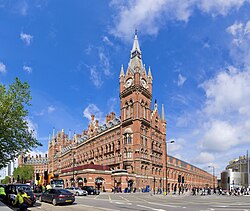
A design is a concept of or proposal for an object, a process, or a system. Design refers to something that is or has been intentionally created by a thinking agent, though it is sometimes used to refer to the nature of something - its design. The verb to design expresses the process of developing a design. In some cases, the direct construction of an object without an explicit prior plan may also be considered to be a design. A design is expected to have a purpose within a certain context, usually has to satisfy certain goals and constraints, and to take into account aesthetic, functional, economic, environmental or socio-political considerations. Typical examples of designs include architectural and engineering drawings, circuit diagrams, sewing patterns and less tangible artefacts such as business process models.
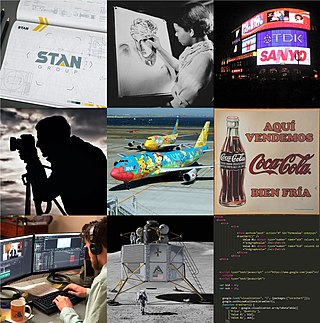
Graphic design is a profession, academic discipline and applied art whose activity consists in projecting visual communications intended to transmit specific messages to social groups, with specific objectives. Graphic design is an interdisciplinary branch of design and of the fine arts. Its practice involves creativity, innovation and lateral thinking using manual or digital tools, where it is usual to use text and graphics to communicate visually.
Web design encompasses many different skills and disciplines in the production and maintenance of websites. The different areas of web design include web graphic design; user interface design ; authoring, including standardised code and proprietary software; user experience design ; and search engine optimization. Often many individuals will work in teams covering different aspects of the design process, although some designers will cover them all. The term "web design" is normally used to describe the design process relating to the front-end design of a website including writing markup. Web design partially overlaps web engineering in the broader scope of web development. Web designers are expected to have an awareness of usability and be up to date with web accessibility guidelines.

Arne Emil Jacobsen, Hon. FAIA was a Danish architect and furniture designer. He is remembered for his contribution to architectural functionalism and for the worldwide success he enjoyed with simple well-designed chairs.
Software design is the process by which an agent creates a specification of a software artifact intended to accomplish goals, using a set of primitive components and subject to constraints. The term is sometimes used broadly to refer to "all the activity involved in conceptualizing, framing, implementing, commissioning, and ultimately modifying" the software, or more specifically "the activity following requirements specification and before programming, as ... [in] a stylized software engineering process."
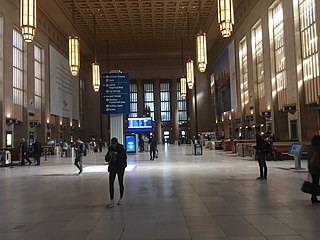
Interior design is the art and science of enhancing the interior of a building to achieve a healthier and more aesthetically pleasing environment for the people using the space. With a keen eye for detail and a creative flair, An interior designer is someone who plans, researches, coordinates, and manages such enhancement projects. Interior design is a multifaceted profession that includes conceptual development, space planning, site inspections, programming, research, communicating with the stakeholders of a project, construction management, and execution of the design.
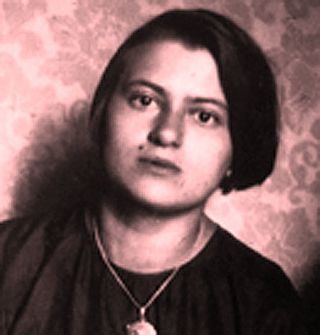
Marianne Brandt was a German painter, sculptor, photographer, metalsmith, and designer who studied at the Bauhaus art school in Weimar and later became head of the Bauhaus Metall-Werkstatt in Dessau in 1928. Today, Brandt's designs for household objects such as lamps and ashtrays are considered timeless examples of modern industrial design. She also created photomontages.
Product design is the process of creating new products for sale businesses to its customers. It involves the generation and development of ideas through a systematic process that leads to the creation of innovative products. Thus, it is a major aspect of new product development.
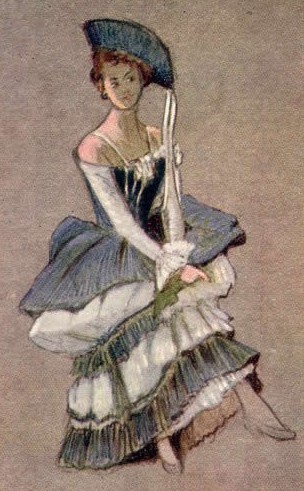
Costume design is the creation of clothing for the overall appearance of a character or performer. Costume may refer to the style of dress particular to a nation, a class, or a period. In many cases, it may contribute to the fullness of the artistic, visual world which is unique to a particular theatrical or cinematic production. The most basic designs are produced to denote status, provide protection or modesty, or provide visual interest to a character. Costumes may be for a theater, cinema, musical performance, cosplay, parties, or other events. Costume design should not be confused with costume coordination which merely involves altering existing clothing, although both create stage clothes.

Automotive design is the process of developing the appearance of motor vehicles, including automobiles, motorcycles, trucks, buses, coaches, and vans.

Constructivism is an early twentieth-century art movement founded in 1915 by Vladimir Tatlin and Alexander Rodchenko. Abstract and austere, constructivist art aimed to reflect modern industrial society and urban space. The movement rejected decorative stylization in favour of the industrial assemblage of materials. Constructivists were in favour of art for propaganda and social purposes, and were associated with Soviet socialism, the Bolsheviks and the Russian avant-garde.
The process of circuit design can cover systems ranging from complex electronic systems down to the individual transistors within an integrated circuit. One person can often do the design process without needing a planned or structured design process for simple circuits. Still, teams of designers following a systematic approach with intelligently guided computer simulation are becoming increasingly common for more complex designs. In integrated circuit design automation, the term "circuit design" often refers to the step of the design cycle which outputs the schematics of the integrated circuit. Typically this is the step between logic design and physical design.
Empathic design is a user-centered design approach that pays attention to the user's feelings toward a product. The empathic design process is sometimes mistakenly referred to as empathetic design.

Claesson Koivisto Rune is a Swedish architectural partnership, founded in 1995 by Mårten Claesson, Eero Koivisto and Ola Rune. It started as an architectural firm, but has since become a multi-disciplinary office with an equal emphasis on both architecture and design.

An architectural drawing or architect's drawing is a technical drawing of a building that falls within the definition of architecture. Architectural drawings are used by architects and others for a number of purposes: to develop a design idea into a coherent proposal, to communicate ideas and concepts, to convince clients of the merits of a design, to assist a building contractor to construct it based on design intent, as a record of the design and planned development, or to make a record of a building that already exists.

Method engineering in the "field of information systems is the discipline to construct new methods from existing methods". It focuses on "the design, construction and evaluation of methods, techniques and support tools for information systems development".

Yotel is a hotel group based in the United Kingdom. The company's main shareholders include the Al-Bahar Group, Starwood Capital Group, United Investment Portugal and Kuwait Real Estate Company (AQARAT).

Wellness tourism is voluntary travel to world-wide destinations for the purpose of promoting health and well-being through physical, psychological, or spiritual activities.

A casino hotel is an establishment consisting of a casino with temporary lodging provided in an on-premises hotel. Customers receive the benefits of both gambling facilities and lodging. Since the casino and hotel are located on the same premises, a gambler's necessities can be provided for in one location.
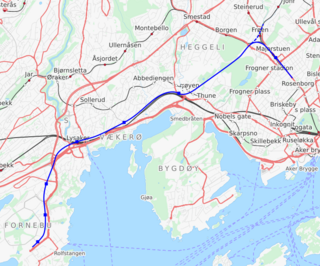
The Fornebu Line is an under construction rail line which will serve the peninsula of Fornebu in Bærum, Norway. The line is under construction and the transit agency Ruter is working towards connecting it to the Oslo Metro. The line has at various stages been proposed as an automated people mover, tram-train, tramway, light rail, stadtbahn, rapid transit, bus rapid transit and commuter rail, with the rapid transit option being selected as the final proposal. The metro line will start at Majorstuen Station and will run entirely in a tunnel for 8,150 meters (26,740 ft). The line will have six stations, at Skøyen, Vækerø, Lysaker, Telenor Arena, Flytårnet and Fornebu Senter. A depot will be built at Fornebu and the line will connect to the metro's Common Tunnel at Majorstuen.
